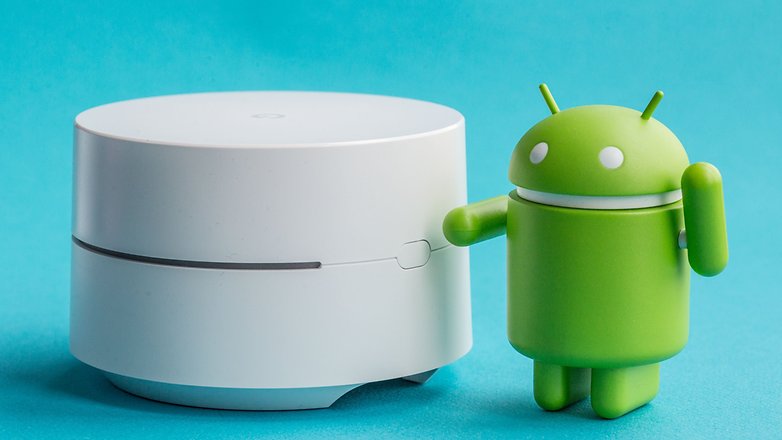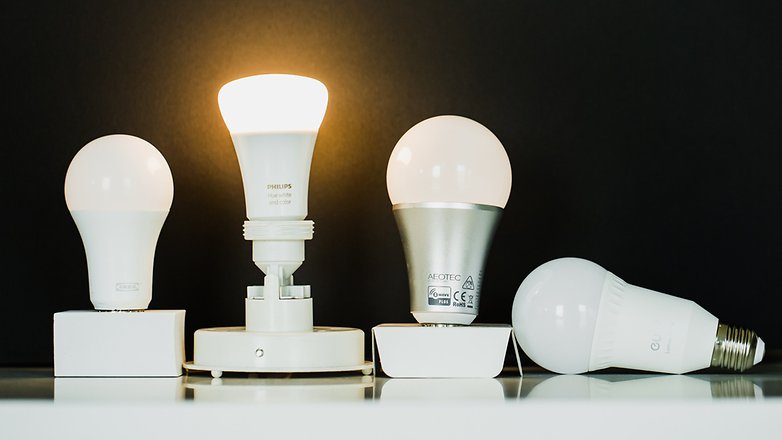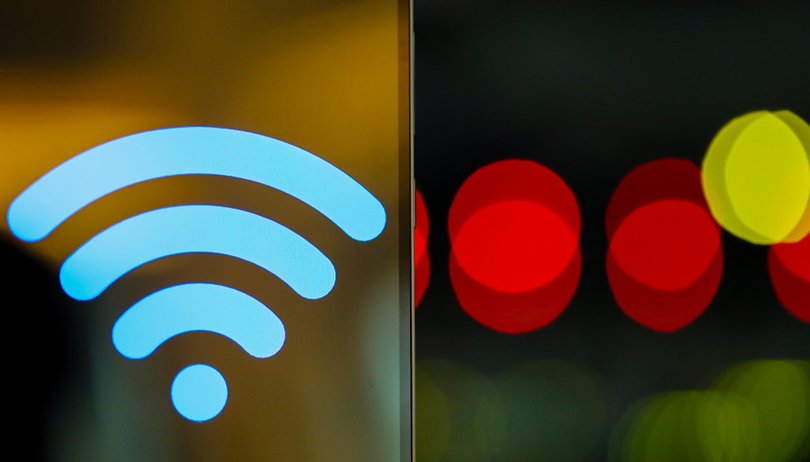Contents
Nothing works without WiFi, whether in your own four walls or when traveling. The number of wirelessly connected devices is increasing rapidly and they all need a network. On our WLAN topic page you will find everything you need to know about WLAN: How to set up a WLAN; with which tips and tricks you can do it better, faster and more securely and how you can best solve WLAN problems.
WLAN: The most important abbreviations, terms and basics
WIRELESS INTERNET ACCESS. The term itself is an abbreviation and it stands for Wireless Local Area Network . In this wireless, local network, the data is transmitted by radio and not via a cable between the devices. But there are many more abbreviations and terms that play a role in the topic of WLAN, for example in the radio standards or the type of encryption of the WLAN network.

However, it is not just standards and abbreviations that are important. In order not only to have a say in the topic of WLAN, but to be informed, it must be clear what forms of encryption are available, what an SSID means, why the radio channel is important and many other things. Everything you need to know about it. can be found in our WiFi wiki.
The best tips and tricks for WiFi
WLAN is not the same as WLAN. Have you ever tried to do something useful in a lame network with poor reception ? To prevent this from happening within your own four walls, you should do the right things when setting up and optimizing – on several fronts.
Security is essential
The WLAN router is the most important control center in our digital home. However, every new, connected device represents a potential source of danger. The WLAN ID may not be properly secured and attackers can gain access to your network . In order to make it as difficult as possible for the attackers, you should protect your network properly. Anyone can do that with the right tools and tricks .
Improving WLAN reception made easy
If the WiFi network is up and running, you will sooner or later optimize it and often have to expand it. Because even if security in the home network is of course extremely important, one thing must be clear: Without good reception for all devices, even the most secure WLAN will not do anything. With repeaters – especially thanks to modern mesh technology – it is easy to expand the WLAN wisely and without much effort, to increase the range and to improve reception. New hardware is often not even necessary, especially for the reception quality. Big changes can be achieved with small changes. In our tips and tricks for WLAN there is surely the right thing for you:
- Secure WiFi: The best protection for your network
- Improving WiFi reception: 5 tips that really help
- Repeater and Co .: Extend WLAN properly
- Optimize WLAN: Advantages of mesh networks
- WLAN hack: This way, you can recognize third-party access and block it

As with all technical devices, there are always small or large problems with WLAN. Then it is important to keep calm and to approach the solution with a cool head. Often it is the same WLAN problems that occur again and again and are comparatively easy to solve. We have summarized these problems and solutions for you.
Which devices need WiFi?
In its early days, you had to turn on the Internet access, plug cables into sockets and go online with the only computer in the house at a snail’s pace for a limited time. But those days are over and the situation has changed rapidly. The network has long since removed the shackles of the cable for the vast majority of end devices. WiFi is available almost everywhere – and it is no longer enough to just connect the laptop, tablet or smartphone to the Internet. People are building their smart homes step by step; sometimes even without even realizing it.
The number of WLAN devices is increasing at an enormous pace. More and more everyday things are becoming smart and can be controlled via apps and separate control systems. The list of different types of WiFi devices is getting longer and longer, and it already contains copies from quite a few categories:
- Router
- Repeater
- Mesh
- computer
- speaker
- printer
- Smart TV
- Streaming boxes
- Smart lamps and illuminants
- Networked cameras
- Smartphones
- Tablets
- Smartwatches
- Network storage (NAS)
It can get complicated every now and then to get all these things online. Because the configuration is a little different for each device and each manufacturer. 1 & 1 customers now get help from their provider. Because the wireless promise guaranteed 1 & 1, to help customers to bring all the equipment into the home Wi-Fi ; no matter from which manufacturer and where bought – very easy by phone. An example that should go to school.
WLAN devices are becoming more and more
In the future, many more WiFi-enabled devices will find their way into our everyday lives, and: WiFi will also become mobile. More and more vehicle manufacturers are offering WLAN solutions for their cars. Large electrical appliances, i.e. refrigerators such as the Samsung Family Hub, washing machines and dryers, as well as ovens, coffee machines and kettles, are networked and centrally controlled.
Sometimes that sounds more, sometimes less meaningful. But once you have found perfectly tempered tea water or an automatically freshly brewed coffee in the kitchen to get up in the morning, you quickly learn to love this comfort.

In the past few years, WiFi has become one thing above all: ever faster. In the meantime, with a modern WLAN network, the speed within the radio network is usually significantly faster than what comes in from outside as an Internet signal. But that’s a good thing, because WLAN is not only used to distribute the Internet signal wirelessly. In order to regularly back up his data from the computer to a network storage device or to send music and films from a local hard drive to a device, the detour via the Internet is not necessary and would make the transfer unnecessarily slow. The argument that a WLAN does not need to be faster than your own Internet access is therefore not tenable.Opinion by Steffen Herget5G or not: Nothing will work without WLAN in the future.Do you agree?505049 participants
Does 5G replace WiFi?
However, the development of radio data transmission does not stop, and 5G is a pretty big innovation . With extremely fast transmission speeds, low latencies and the ability to address a large number of devices, 5G could even make WLAN superfluous in many ways. But this is still a dream of the future for home users and will not happen for many years to come. There is no way around a good WLAN in the future.
If you think about it in more detail: What would not work in your home anymore without WLAN? Write it in the comments!HARDWAREAPPSTIPS & TRICKS
